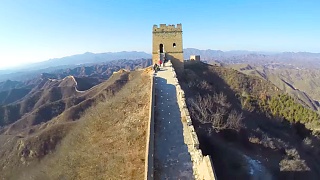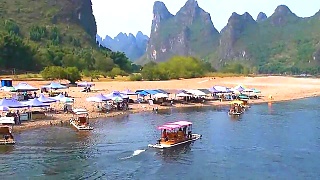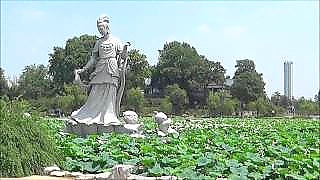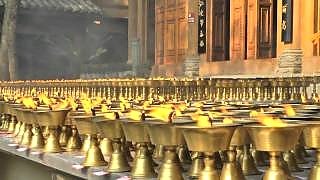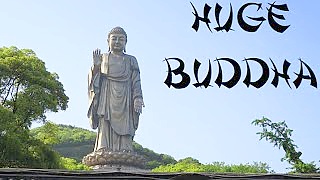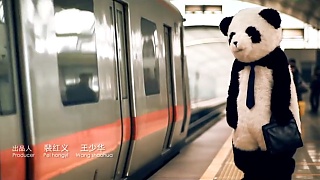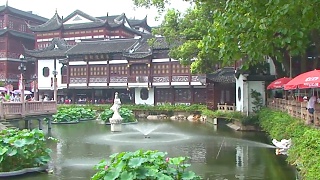Last year, artist Hu JunJun was invited to make a six ton Reclining Buddha statue with twigs, which received much attention on exhibition in XiaMen. In her works, the Buddha often appears among colorful Chinese landscapes in a light and graceful style, rather than in the stereotypical manner of religious art works. Master architect Tadao Ando designed a museum for their collection of Buddha statues of the Northern Dynasties over the past decade. At the end of 2020, YIT visited Hu JunJun in her studio and collected the backstage story of her creation and collection of Buddha statues ...
[640],shadow=true,start=,stop= Expand Stop |
*** Find many more inspiring videos on our latest Chinese culture videos page ***
 Beautiful Sleeping Buddha – sculpture art from waste
Beautiful Sleeping Buddha – sculpture art from waste




